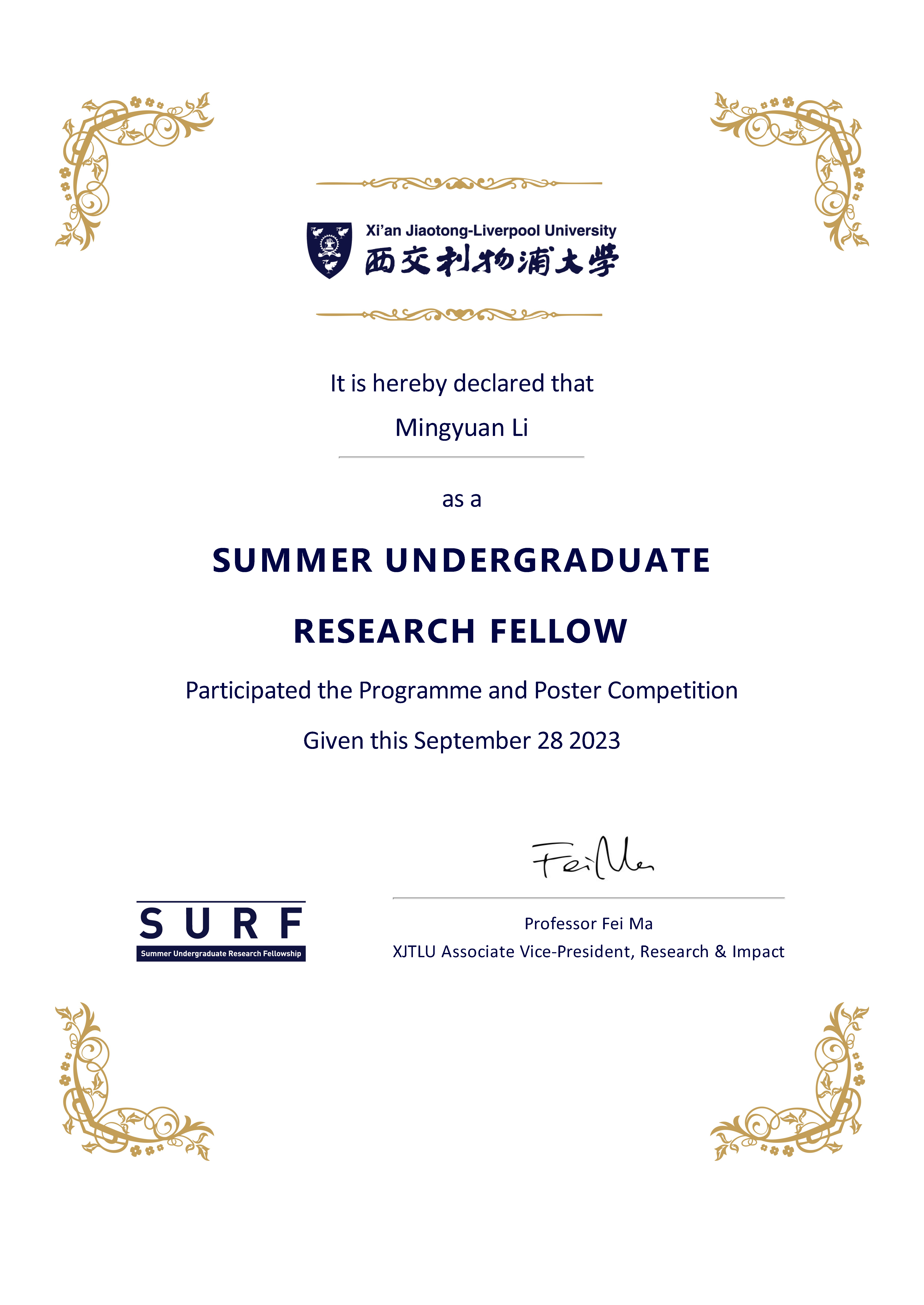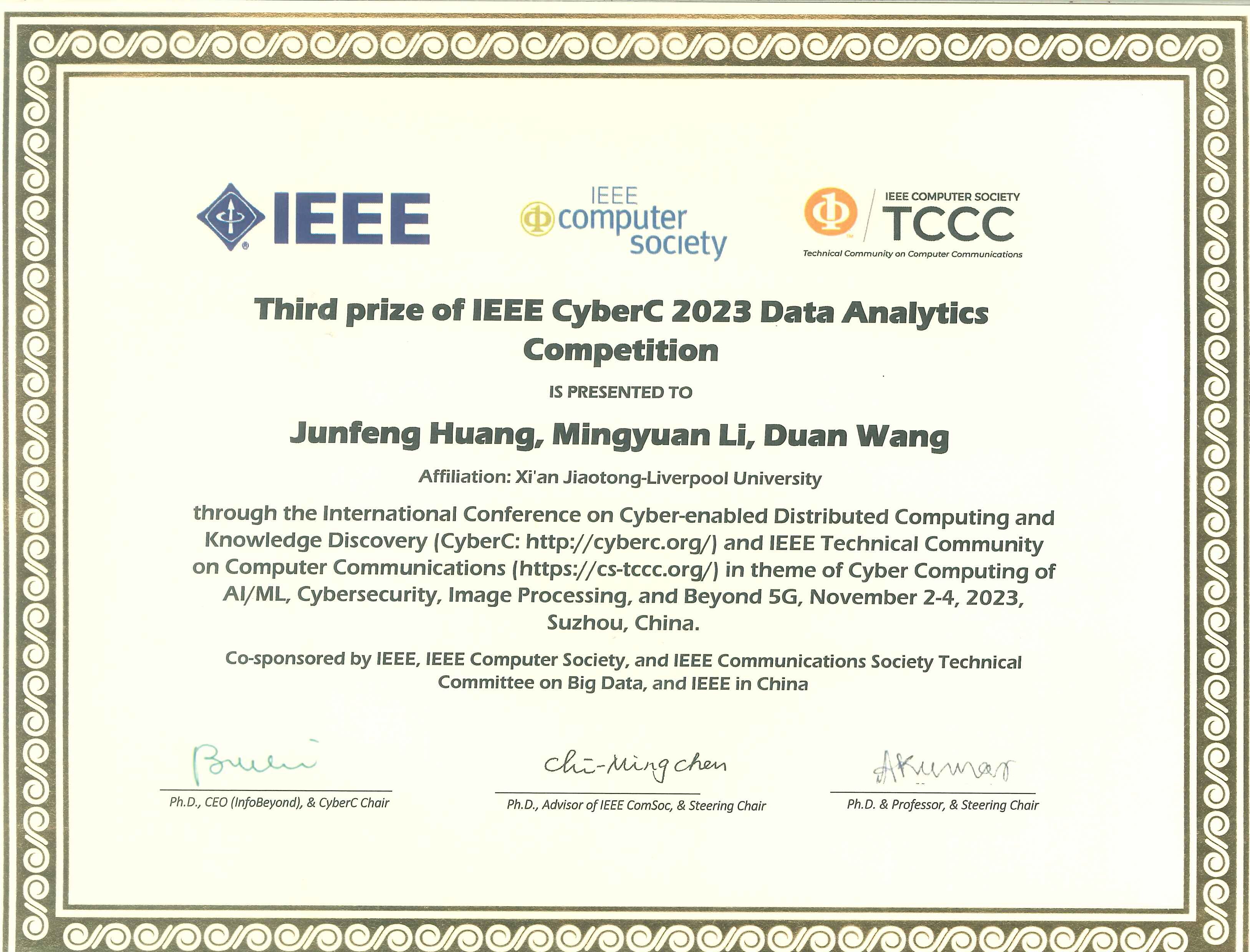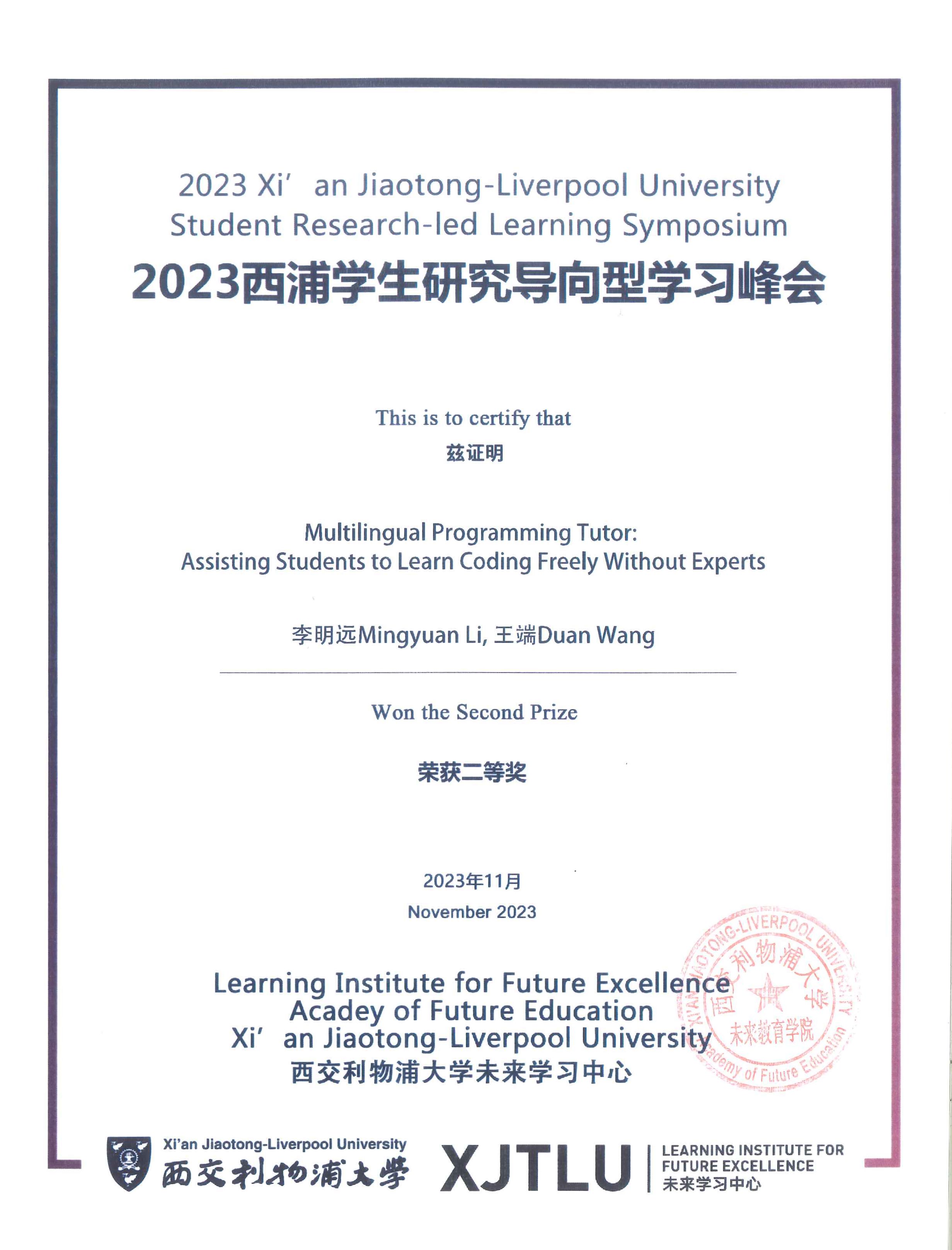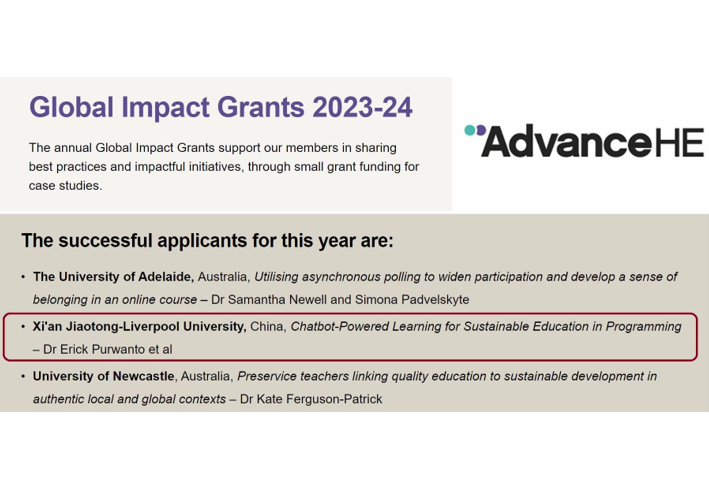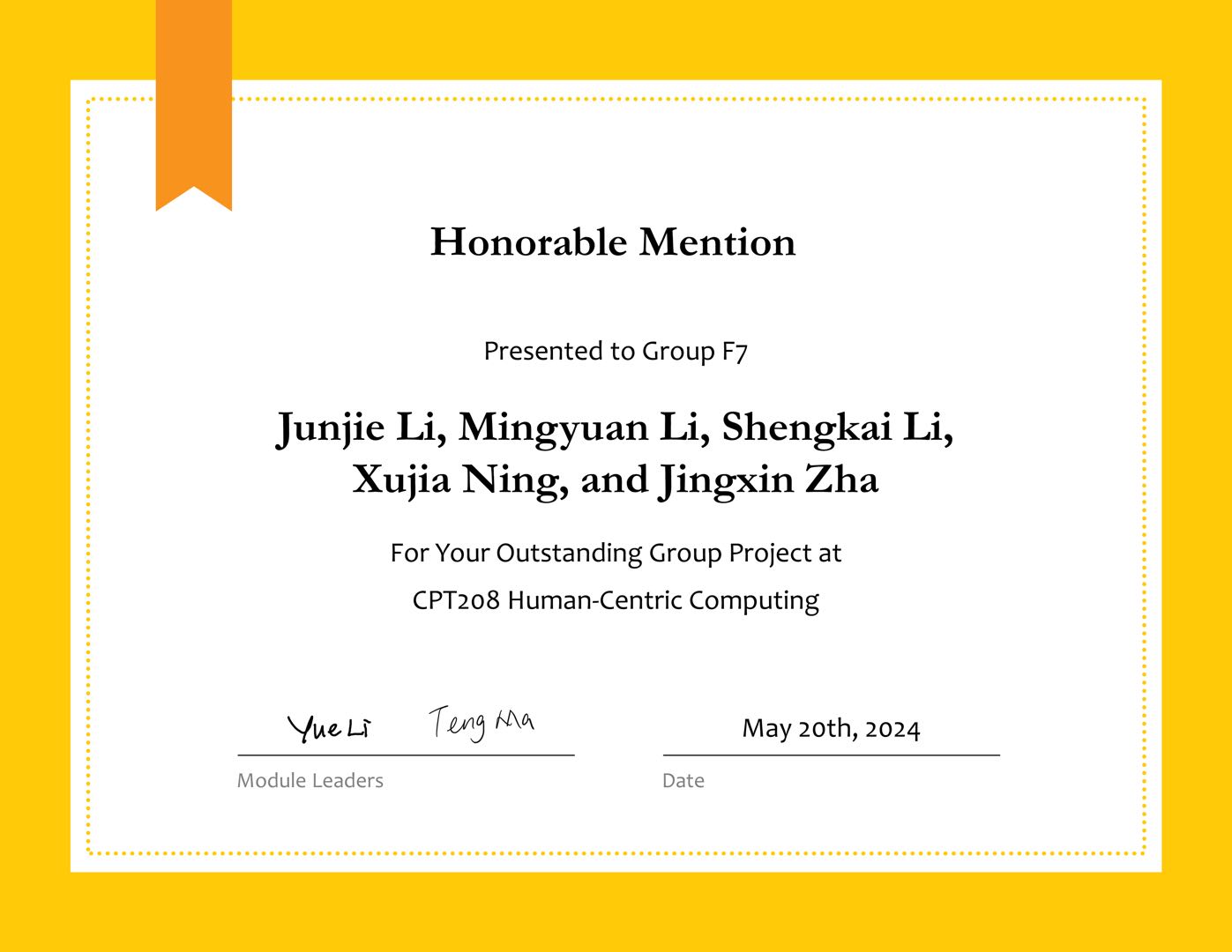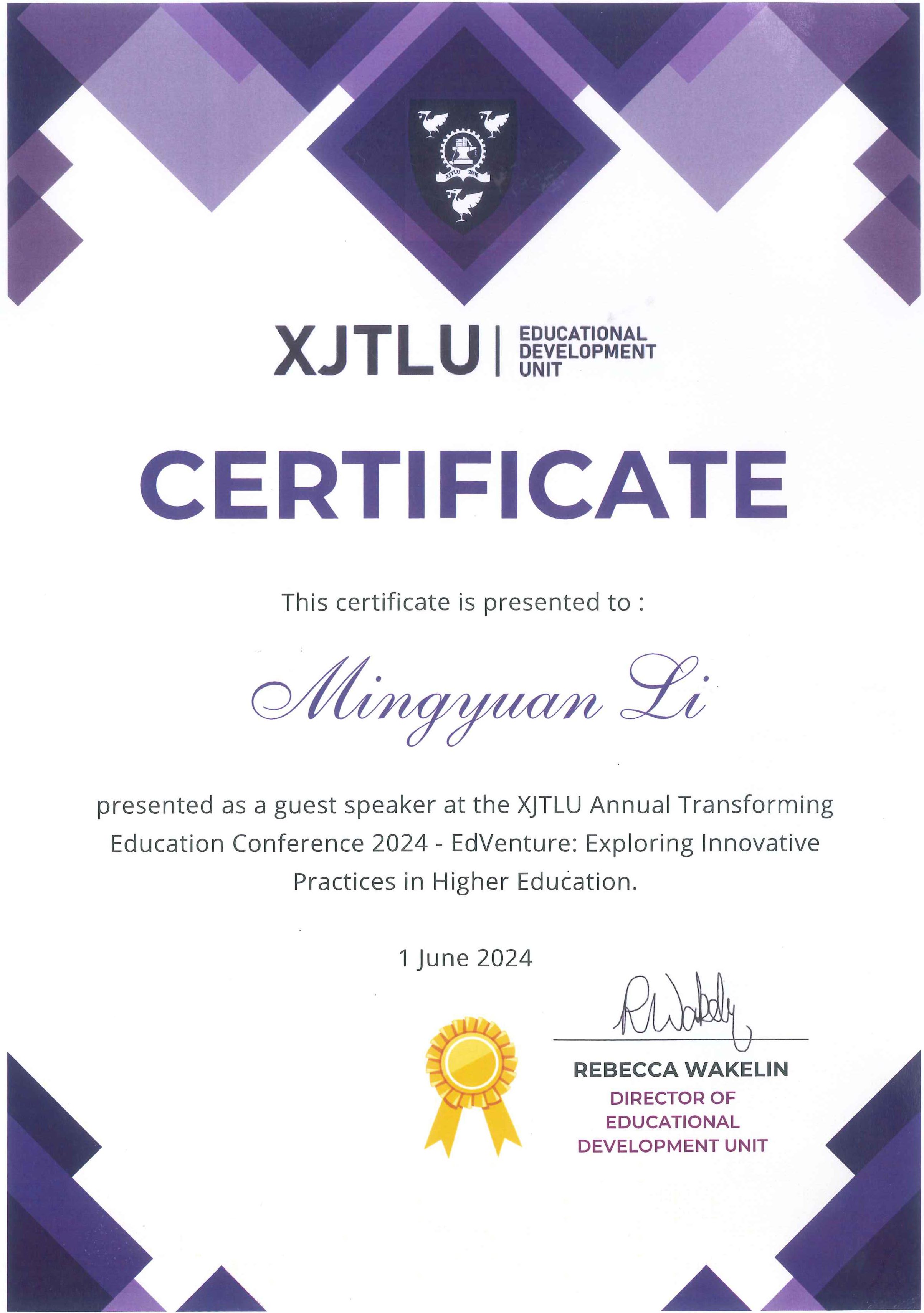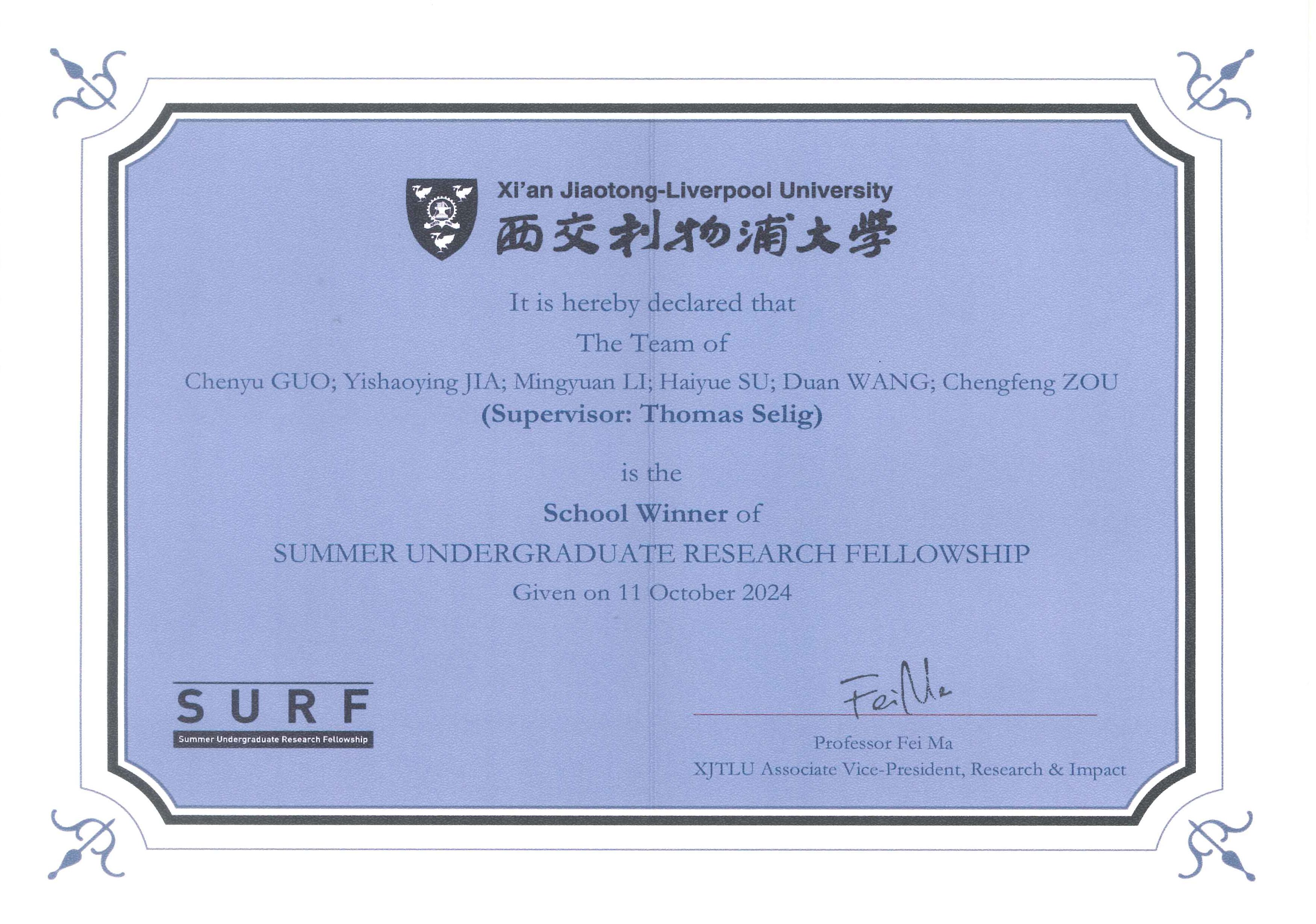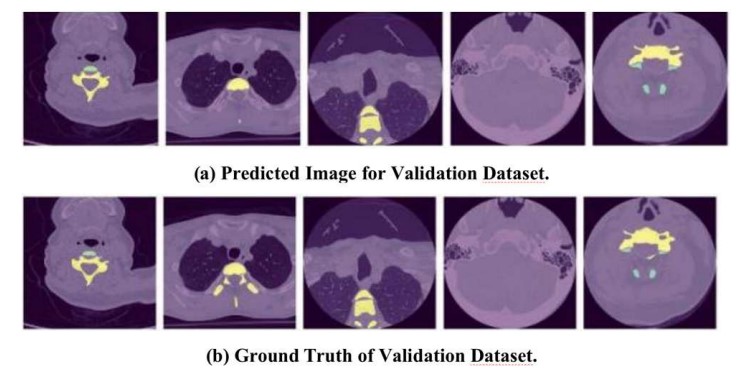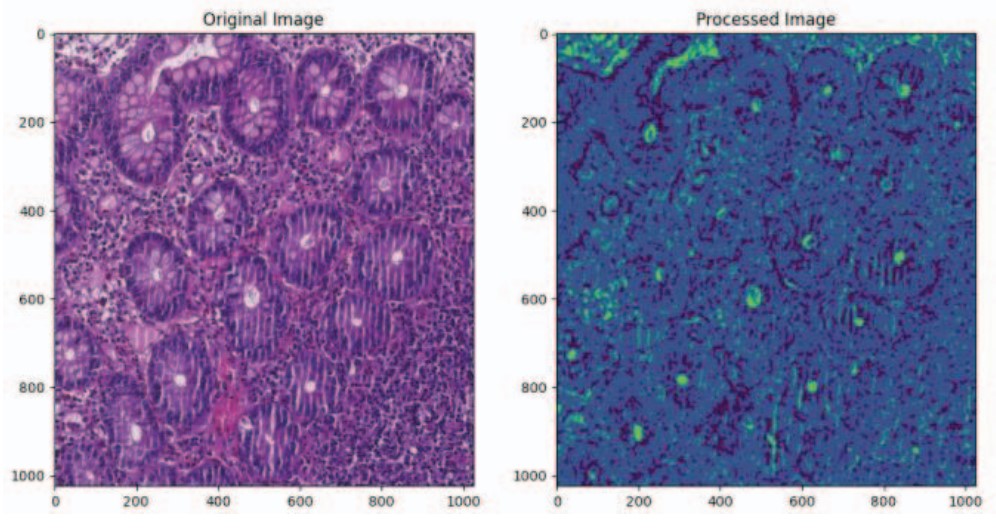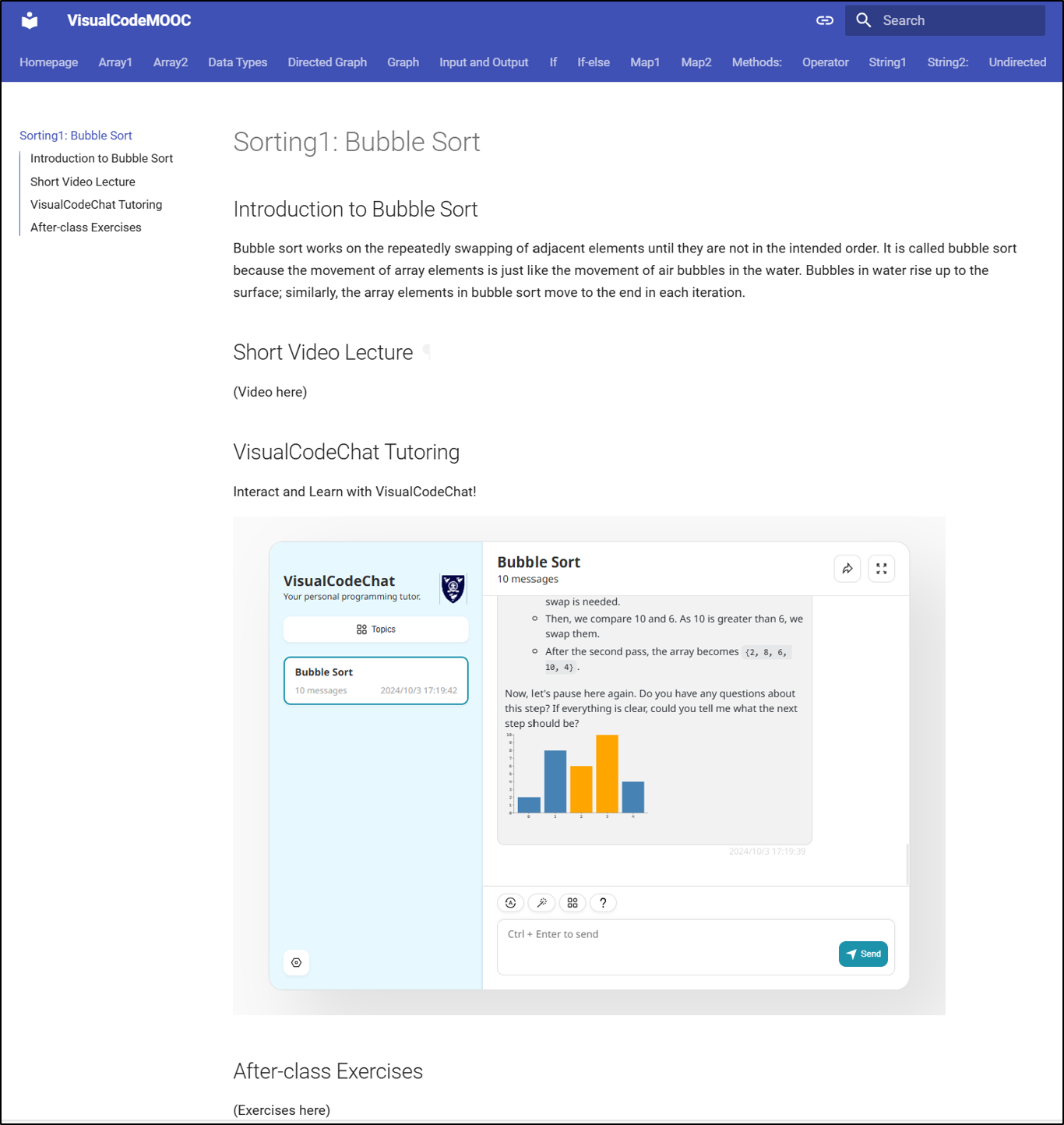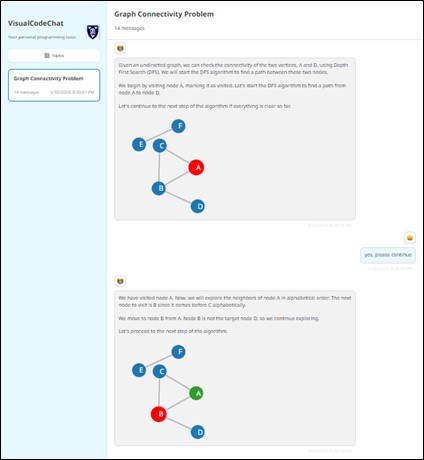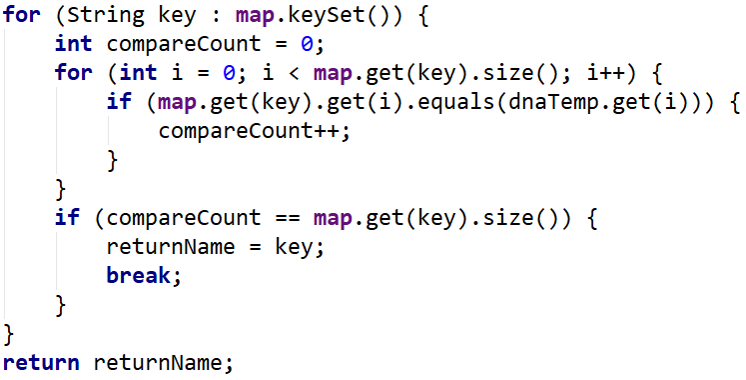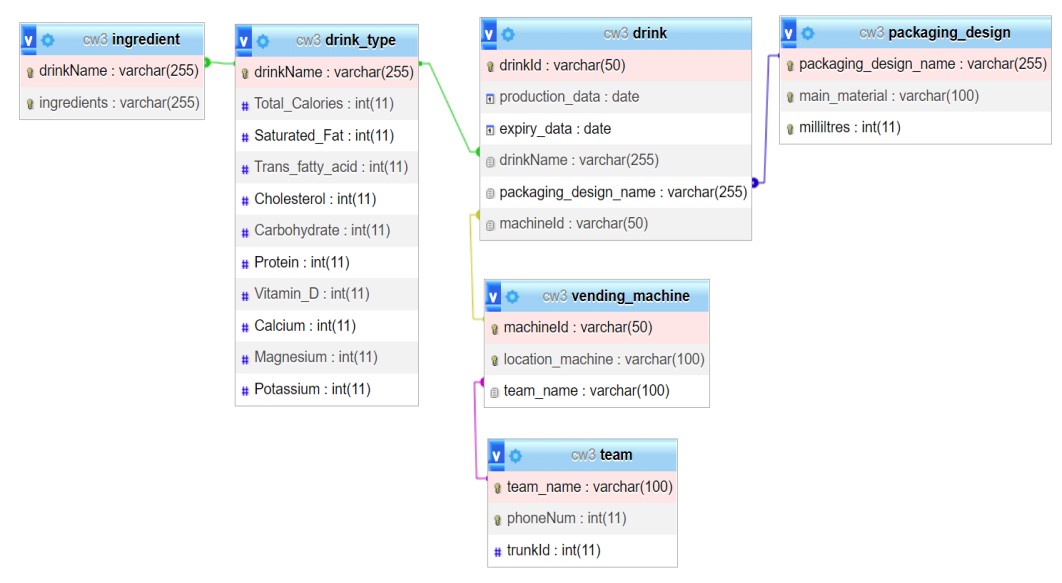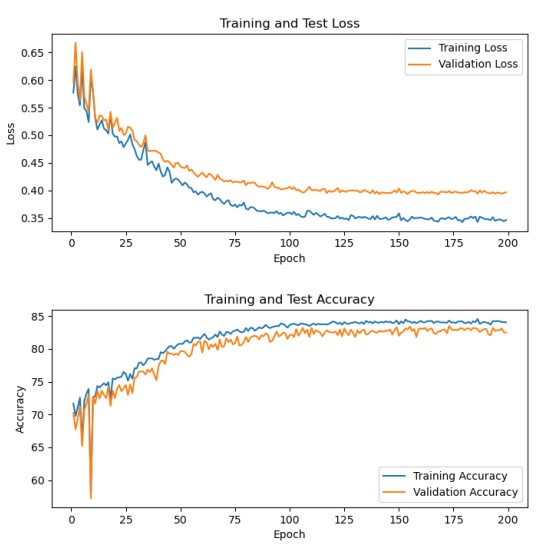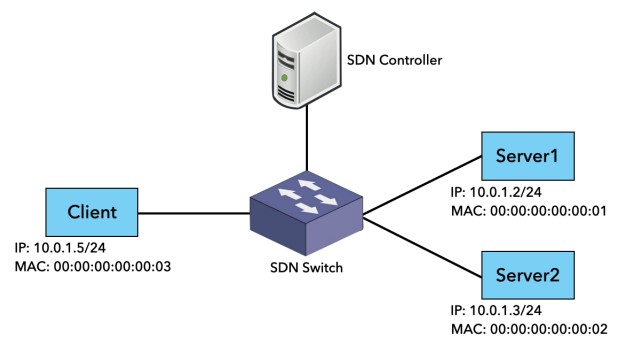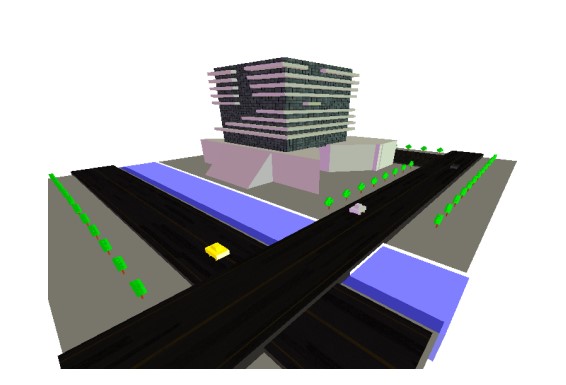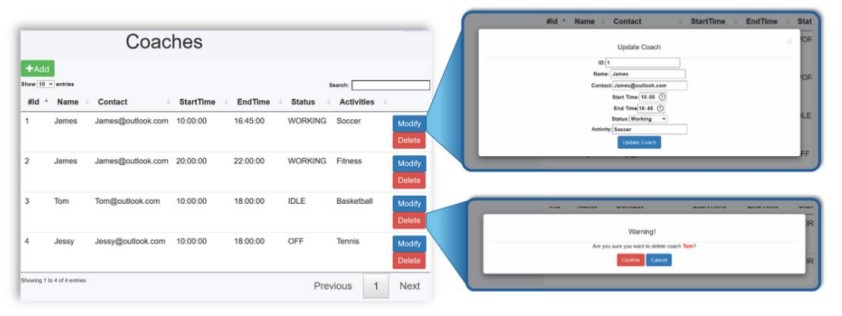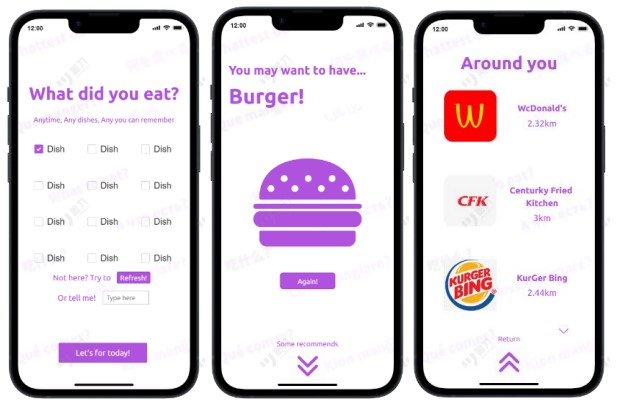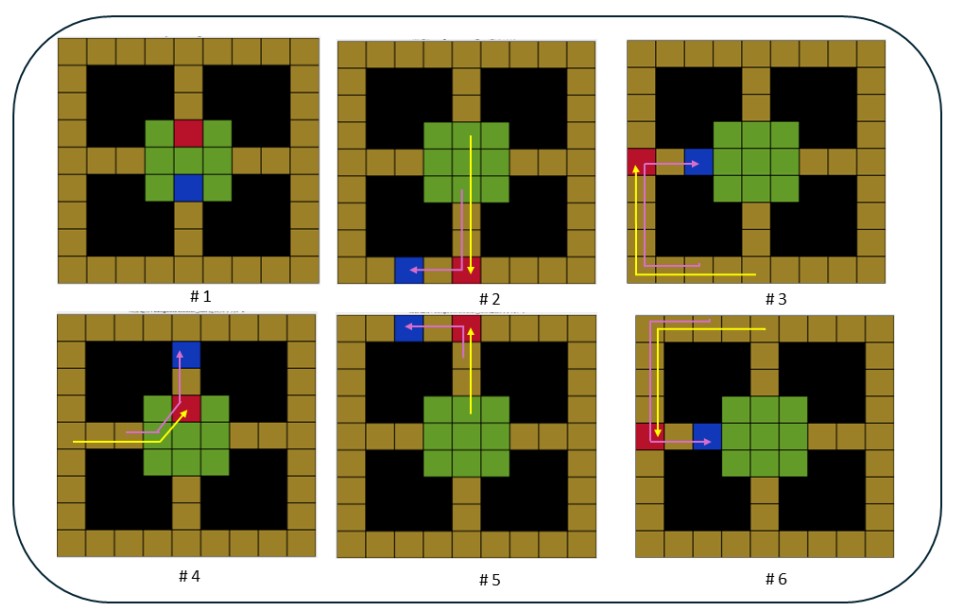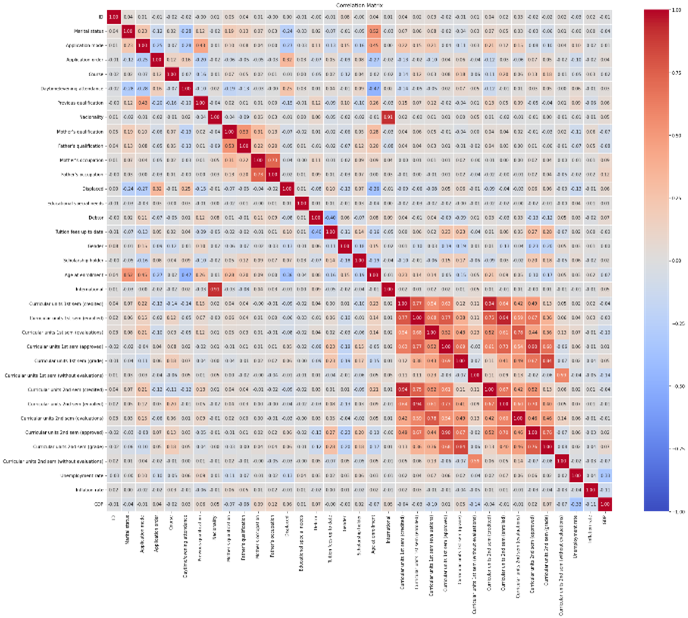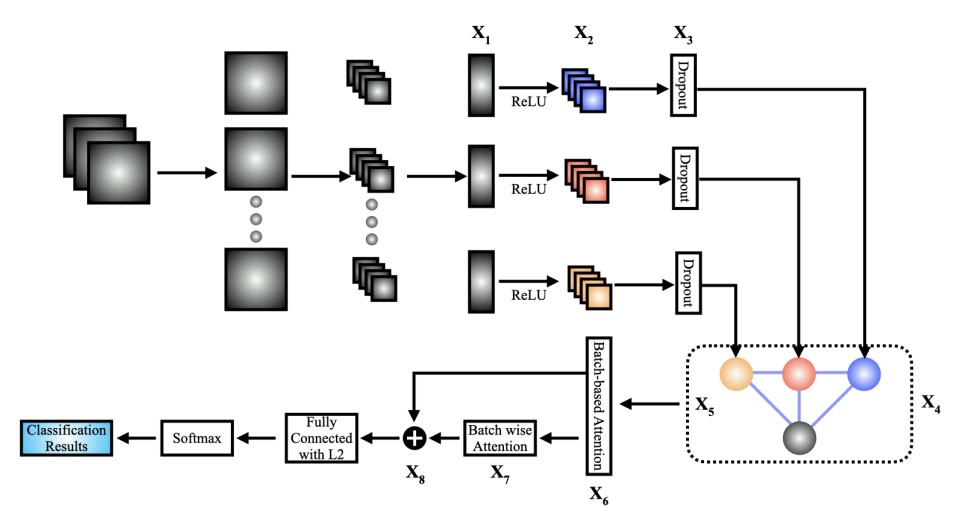霆霓快雨
describes the scene of a summer thunderstorm followed by immediate clear skies, which also can be referred to as
Nimble as Lightning
.
This term accurately summarizes my undergraduate research:
1) reproduced a fracture detection model within two weeks;
2) identified research gaps in few-shot classification, building, experimenting, writing, and publishing
a paper within three weeks; 3) processed idea development,
and prototyping a generative AI project for programming educationin one month, which won in a campus competition
; 4) learned React from scratch in one month and developing eight chatbot-response algorithm visualization modules in one month,
integrating them into a 30,000+ line project for large-scale experiments, leading to an international competition win;
5) developed four graph algorithm visualization modules in three weeks for a large-scale experiment involving over 300 participants.
6) currently working on two manuscripts for submission to IEEE TSE and BJET.
Throughout this period, I successfully managed eight courses and up to three group projects and assisted with various other research tasks assigned by my supervisor.

